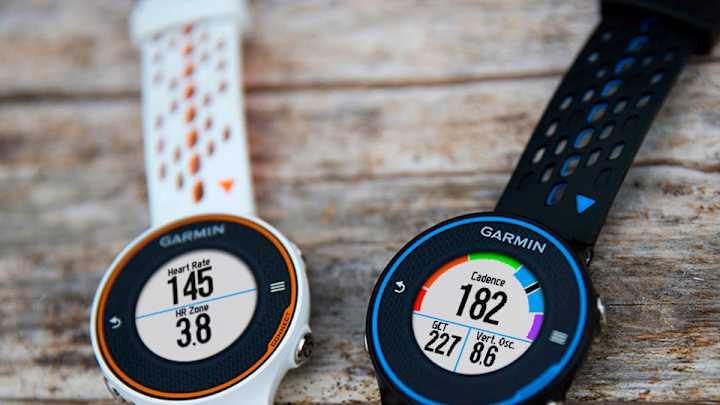Garmin Forerunner 620: The Running Watch Steps Up

The best wearable tech should easily—and intuitively—do exactly what you want and expect it to do, while also giving you a little something more than you thought you wanted. The latest GPS running watch from Garmin, the Forerunner 620 goes that extra mile.
Lightweight at just an ounce and a half, the Forerunner 620 features a color touchscreen that measures an entirely new set of metrics—without losing the basic function of tracking every step of your run and then using a map to prove it all—that map, along with all your data, easily pulls up from iOS or Android mobile apps.
Coupled with an ANT+ wireless heart rate monitor, the Forerunner can push your basic physical metrics—calories burned and heart rate zones—into new wearable tech territory by combining information from an on-board accelerometer with your body’s real-time information.
When used with the heart-rate monitor, an additional $50 feature on top of the already hefty $400 watch, the Garmin device provides data on cadence, ground contact time, vertical oscillation, heart rate variability and estimates your VO2 max (body’s maximum oxygen consumption), an important step in planning goals for future races. The accelerometer helps track the needed extra metrics. The Forerunner 620 also features a new recovery advisor to provide real-time assessment of recovery needs.
While you’re hitting the pavement—or trail—you can customize the data displayed on the screen, alerting you to pace, distance, total time, heart rate and more. Vibration alerts signify every mile and can be personalized for other metrics, such as pace changes. Runners can cycle through differing metrics by tapping the face of the watch during a run.
More From Tim Newcomb:
Changing Colors: The Nike SB x Air Jordan I Transforms
The Axe Bat Puts a New Shape in Hitters Hands
’Tis Better to Give: Riddell's New Helmet Flexes to Protect
Differing workout plans an be entered into the watch, so whether you follow your own path or choose one from Garmin, you can store your history both on the device and in the app, which you can connect to wireless with either Bluetooth or WiFi, even setting it up on the WiFi mode for automatic downloads. With the history stored, you can track personal records, splits and fitness metrics.
While some GPS watches struggle to compute and disseminate information without dying quickly, the Forerunner promises to deliver a marathoner’s stamina, claiming to go an impressive 10 hours of training or six weeks in normal watch mode before needing a charge. Testing proved the estimates accurate.
With the GPS area well covered, the new Garmin Forerunner 620 takes multiple strides beyond the basics, giving runners even more metrics.
Tim Newcomb covers stadiums, design and gear for Sports Illustrated. Follow him on Twitter at @tdnewcomb.
